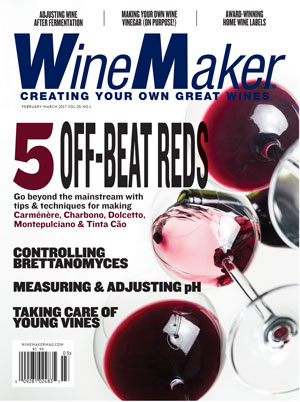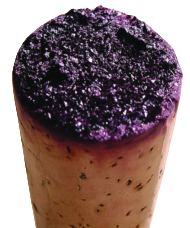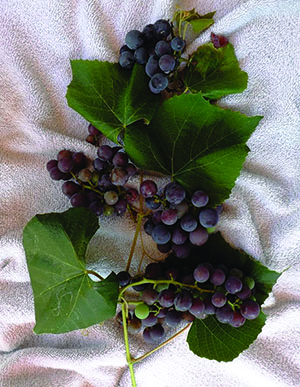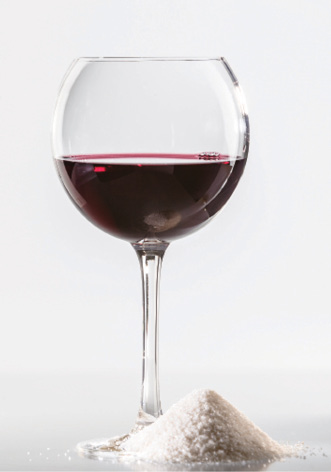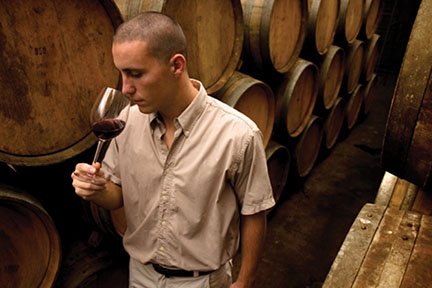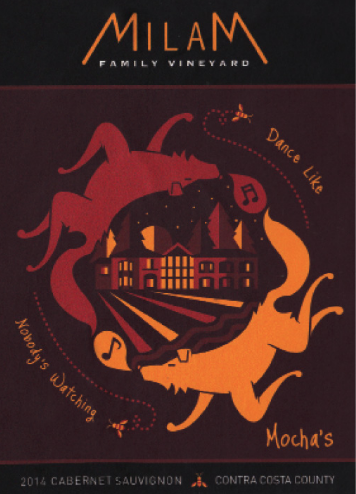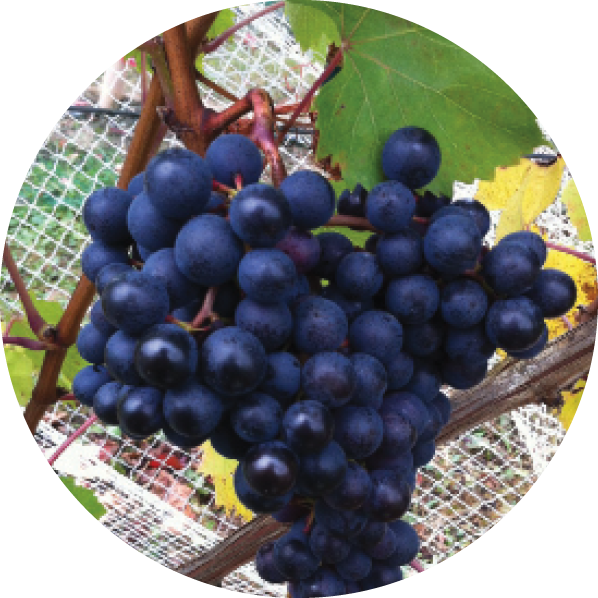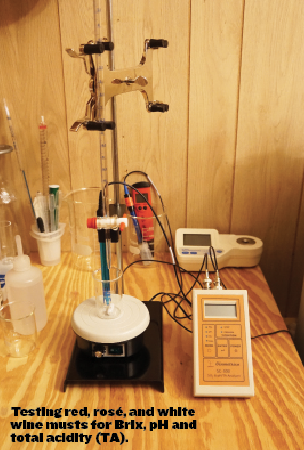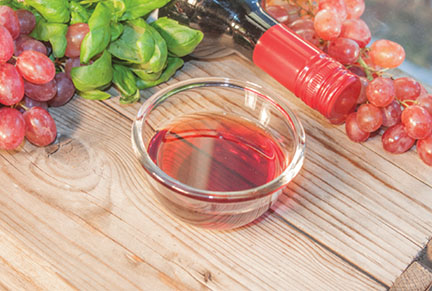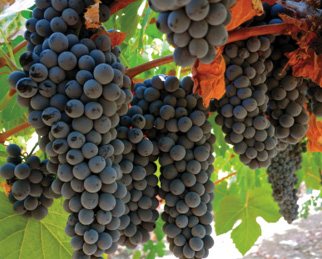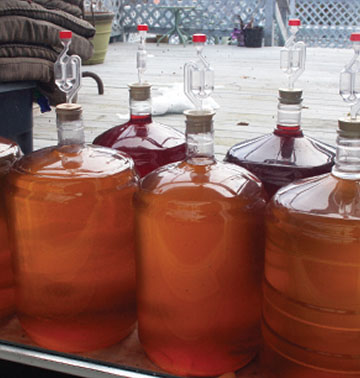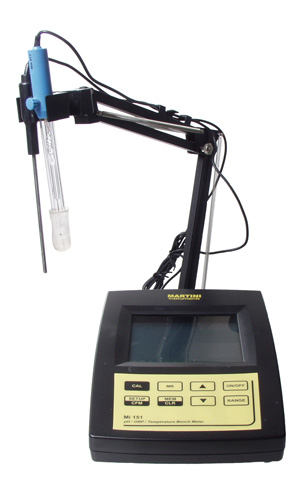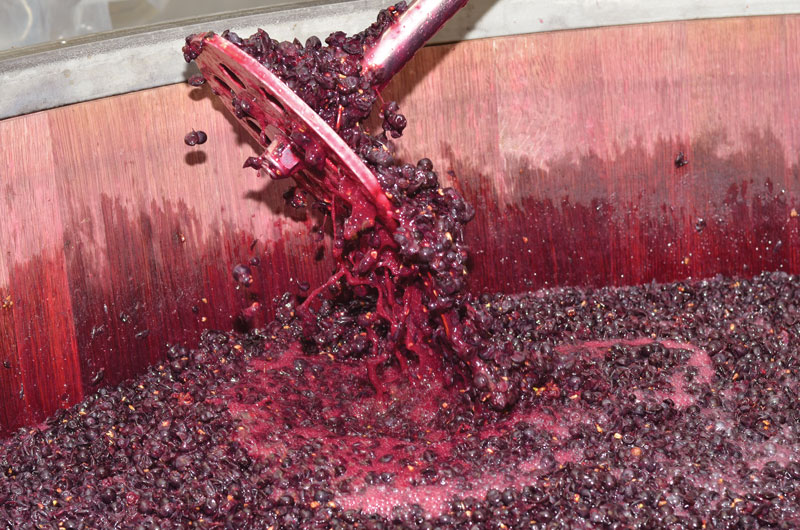Feb-Mar 2017
White Crystals After Crushing
I’ve had a similar experience — both with having to pick gapes at sub-optimal times (curse you, weather!) as well as having that rough white residue on my crush equipment. The residue,
Malolactic Fermentation Timing
I’m a little old school when it comes to malolactic fermentation, but it’s always served me well. There are some winemakers who try to get a jump on malolactic (ML) completion and
Tartrate Crystals, Blending Stuck Wine, Malolactic Timing
In my experience, doing a traditional cold stability where you chill the wine down and then filter off any precipitation won’t shift the acidity enough to notice it in the taste.
Post-Fermentation Wine Adjustments
Our job isn’t finished when fermentation is over. With many wines, especially reds, you may want to go ahead and do a malolactic (ML) fermentation as well. And during cellaring you need
Brettanomyces
If you’ve ever tasted a wine that had a funky “barnyard” quality to it, you already know what Brettanomyces can do. Find out how to prevent it in your home winery.
2017 Wine Label Contest Winners
Here are the winners from the 2017 Label Contest.
Offbeat Reds
Getting sick of the same old Cab? Try a red wine that’s more out of the mainstream, like Carménère, Charbono, Dolcetto, Montepulciano, or Tinta Cão.
Year in a Life of a Wine: Part III (Testing & Adjusting)
In the third installment of our year-long series about how homemade wine is made using home-grown grapes in Upstate New York, we check in on batches of red, white, and rosé wines happily fermenting away.
Make Your Own Wine Vinegar
Winemakers spend a lot of time and effort preventing acetic acid from ruining good wine. But to make wine vinegar, Acetobacter is actually your friend. Find out how to make some wine vinegar at home.
Touriga Nacional
I was a late bloomer when it came to seeing the world. It wasn’t until 10 years ago that I had the opportunity to start traveling internationally. Despite growing up in an
Tartrate Crystals
I always think that trying to precipitate out some of the worst crystals that could form is a good idea, especially for any wine that may be sold commercially or entered into
Controlling Brettanomyces: Tips from the Pros
Brettanomyces has been known to take hold of wines —and entire wineries — destroying countless hours of hard work that was put into creating these wines. However, there are also regions in
Protein Stabilization
Get hot tips for protein stabilization.
Monitoring & Adjusting pH
pH greatly affects the taste of wine as well as microbial stability. It can make the difference between drinking the wine or pouring it down the drain. Make sure you know when it should be analyzed and make the necessary adjustments.
Blending Stuck Wine
That’s too bad that you had some stuck fermentations. It’s probable that your yeast died out due to alcohol toxicity resulting from those high brixes. Next time make sure you’re adding enough

